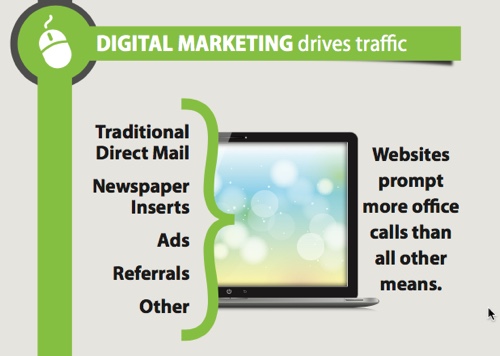Simply How Crucial Is Auditory Handling In Dyslexia, And What Targeted Treatments Can Genuinely Transform The Knowing Landscape For Those Affected?
Simply How Crucial Is Auditory Handling In Dyslexia, And What Targeted Treatments Can Genuinely Transform The Knowing Landscape For Those Affected?
Blog Article
Web Content Writer-Adams Fraser
When you consider dyslexia, it's very easy to overlook the substantial function auditory handling plays in an individual's ability to attach sounds with letters. You might question exactly how targeted treatments can make a difference. By recognizing the nuances of auditory processing, you can discover evidence-based techniques that really support those dealing with these difficulties. Whether it's with phonological understanding training or multisensory strategies, the best assistance can change discovering experiences. Yet what certain techniques are most reliable, and exactly how can you implement them for lasting effect?
Recognizing Auditory Processing
When it involves understanding acoustic handling, you may be shocked by how crucial it's for reading and language growth. Auditory processing refers to how your mind interprets and understands noises you listen to, consisting of speech. This skill is important for acknowledging phonemes, which are the building blocks of words.
If you battle with acoustic processing, you may find it testing to translate words, resulting in problems in analysis. You might discover that individuals with dyslexia often have problem with acoustic handling, making it harder for them to attach sounds with letters. This detach can lead to slow-moving reading, inadequate spelling, and obstacles in adhering to spoken directions.
Identifying these indicators early can help you comprehend the underlying issues and resolve them efficiently.
Furthermore, auditory processing isn't just about hearing; it entails focus, memory, and the capability to arrange sounds. If you can boost these abilities, you'll likely see much better results in reading and general language comprehension.
Knowing just how why do children walk on their tippy toes processing jobs can equip you to look for the right approaches and support to aid overcome these obstacles. Comprehending this element is the very first step towards reliable treatment.
Evidence-Based Treatments
Efficient evidence-based interventions can substantially boost acoustic processing abilities in individuals with dyslexia. One proven approach is phonological understanding training. This technique helps you develop the capability to identify and control sounds in talked language, which is important for checking out and composing. Programs often consist of activities like rhyming, segmenting, and mixing noises, making it interactive and interesting.
Another effective treatment is using multisensory teaching strategies. Combining visual, auditory, and kinesthetic cues can reinforce discovering. For instance, utilizing colored letters or blocks while stating noises aloud can create more powerful links in your mind.
In addition, computer-assisted interventions like acoustic training software application can supply tailored practice. These programs typically adapt to your particular requirements, giving targeted workouts that enhance auditory discrimination and memory.
Lastly, including songs and rhythm right into discovering can likewise support auditory handling. Study shows that music training can boost brain features connected to sound handling, assisting you come to be much more adept at distinguishing sounds in speech.
Assistance Methods for Success
To be successful in establishing acoustic processing abilities, it's vital to execute assistance strategies that accommodate specific requirements.
Right here are some reliable strategies you can take on to boost the learning experience and increase confidence:
- ** Utilize Aesthetic Help **: Include photos, graphes, and representations to supplement auditory information. This helps enhance ideas and makes it easier to follow along.
- ** Break Jobs into Smaller Actions **: Streamlining directions and damaging jobs down can stop overwhelm and permit focused interest on one aspect at once.
- ** Urge Active Participation **: Take part in discussions and tasks that need verbal actions. This not just enhances auditory handling but additionally constructs interaction abilities.
- ** Offer Regular Responses **: On a regular basis provide positive responses to help determine areas for renovation. This sustains self-awareness and encourages development.
Verdict
Finally, understanding auditory processing is vital for helping those with dyslexia flourish. Did you understand that around 70% of people with dyslexia experience problems with acoustic processing? By executing efficient interventions and assistance methods, like phonological awareness training and multisensory methods, you can make a significant distinction in their understanding trip. Keep in mind, producing a supportive environment and using appealing tools can empower individuals with dyslexia, bring about higher academic success and confidence.
